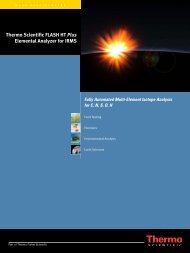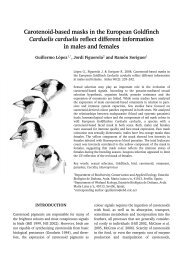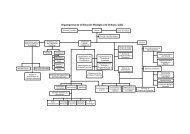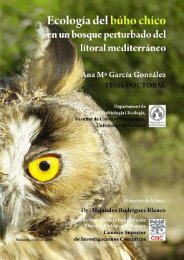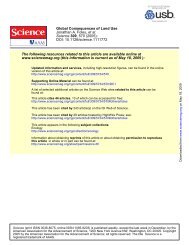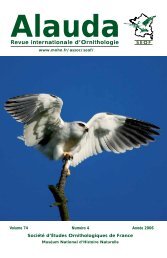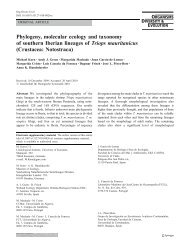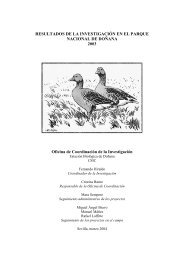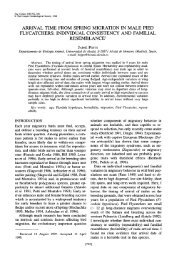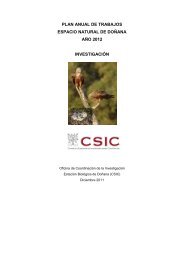Voucher Specimen Collection Preparation Identification and Storage ...
Voucher Specimen Collection Preparation Identification and Storage ...
Voucher Specimen Collection Preparation Identification and Storage ...
You also want an ePaper? Increase the reach of your titles
YUMPU automatically turns print PDFs into web optimized ePapers that Google loves.
3. Birds<br />
3.1 <strong>Voucher</strong> Requirements<br />
Generally, inventory projects do not include the collection of birds. Museum collections<br />
should be consulted as a bench mark for each inventory study. Species may be documented<br />
using one or more of the following:<br />
• Visual or song identification by qualified observers. This is generally accepted for<br />
common species.<br />
• Photographs <strong>and</strong> sound recordings.<br />
• Complete written descriptions as found on BC Field Ornithologists Rare Bird Report<br />
Forms. These are routinely accepted for rare, unusual or hard to identify species.<br />
• Mist netting, b<strong>and</strong>ing, marking <strong>and</strong> radio-telemetry for positive identification are options<br />
as well.<br />
• Collecting a specimen to positively identify a species or subspecies or for further<br />
analysis (use this method only in specific cases – see below).<br />
Proper provincial <strong>and</strong> federal permits will have to be secured if in anyway species are<br />
disturbed.<br />
In some cases collecting of specimens may be considered the best way to positively identify<br />
species or subspecies or needed for further analysis. Natural history museums must first be<br />
canvassed to see what material has already been collected. If existing material is not<br />
available or adequate to meet the needs, advice on collecting should be sought from<br />
professionals. Provincial <strong>and</strong> federal authorities must be contacted for proper permits. If<br />
firearms are required all federal <strong>and</strong> provincial laws must be followed. Local law<br />
enforcement officers <strong>and</strong> Conservation Officers should be notified.<br />
3.2 Data Needs<br />
• Record information immediately at the time of observation.<br />
• St<strong>and</strong>ard data to be recorded are observer, species, subspecies, sex, age, number of birds,<br />
as well, exact dates <strong>and</strong> localities are very important - especially for specimens.<br />
• Additional data is very useful such as map grid, latitude <strong>and</strong> longitude, UTM or GIS,<br />
ecosection as described by Demarchi (1995, 1996), habitat description <strong>and</strong> detailed<br />
breeding information.<br />
• In the case of captures or collected specimens total length, tarsus, wing span, exposed<br />
culmen, weight <strong>and</strong> wing cord are the st<strong>and</strong>ard measurements. Many other measurements<br />
<strong>and</strong> samples can be taken see Foster <strong>and</strong> Cannell (1990). Use st<strong>and</strong>ard <strong>and</strong> accepted<br />
abbreviations (Resources Inventory Committee 1998).<br />
June 9, 1999 15



